Key Points
- During the underwriting process, lenders access risk to determine which loans to approve.
- A lender can sell your account at any time.
- The value of your account falls when you miss payments.
- Creditors have four possible actions when an account becomes delinquent: in-house collections, contract with a debt collection agency, sell to a debt buyer, or negotiate a settlement with the borrower.

Consumers only see one side of the credit equation, the customer-facing side. You apply for a loan and either get approved, or you don’t. Once approved, you make payments on the account without much thought about the process.
When you face a debt trap that would keep you making minimum monthly payments on credit card debt indefinitely, the creditor’s perspective becomes relevant. This series will uncover the truth about debt collections and demystify the debt lifecycle in a five-part series. The more you know, the better you can navigate your debt relief journey.
We begin with an analysis of how creditors view loan accounts and the value of that debt.
Your Account from the Original Lender’s Viewpoint
Lenders use an underwriting process to evaluate applications and make lending decisions. This process’s primary focus is to understand the risk of lending you money by assessing your ability to repay the debt. In the case of collateralized loans, the underwriter also evaluates the asset used to secure the debt.
To measure your ability to repay debt, lenders may examine income, assets, current debt levels, and credit. When reviewing the asset, a creditor may require an appraisal and an inspection to determine the property’s value and condition.
Based on the objective of regulating risk, companies establish parameters you must meet for loan approval. For example, a new credit card might require a credit score of 680 or higher. On the other hand, a mortgage typically demands a debt to income ratio of no more than 43% and the loan amount no higher than 97% of the home’s value.
Unsecured debts have higher risk levels because the lender cannot take back an asset if you stop making payments.
When Third Parties Get Involved with Your Debt
Like any company asset, loan portfolios have value to the company. The creditor can sell a package of loans at any time. It is not uncommon for lenders to sell a mortgage portfolio to investors or delinquent debt to a debt buyer.
Companies that buy loans pay significantly less than the amount owed on the accounts and make money by collecting on the debt. A loan buyer accepts the contract, meaning the terms of the loan do not change. The only difference is who you pay.
Credit Collections Vs. Debt Buying
When debt first becomes delinquent, most companies use either in-house collection departments or contract with a third party to collect on the companies’ behalf. When a company hires a third-party collection agency, the original creditor remains the account owner but pays a percentage of all monies collected to the agency, reducing the amount the company will receive for the debt.
Once an account reaches the default or charge-off stage, creditors will often sell the debt to a debt buyer or negotiate a lower settlement with you, the borrower. A debt buyer pays pennies on the dollar for your delinquent account, making debt settlement an attractive alternative.
How the Value of Your Account Changes
The three stages of debt include current accounts, pre-charge off, and charged-off debt. Loans with missed payments between 30 and 179 days are pre-charge off debt. Going 180 days without payment will result in a loan charge-off.
Even loans with a perfect payment history sell for less than the full account value. The more delinquent an account is, the less value it has.
Considerations That Influence the Value of Your Account
In addition to the level of delinquency, buyers also consider the state where the borrower lives. States give creditors different windows of time for legal action, and not all states have favorable laws toward wage garnishments, levies, and property liens.
A creditor must weigh the expense of debt collections, the account’s value to a debt buyer, and the cost of discounting the payoff through a debt settlement. The further an account becomes delinquent, the less value it has to both the company and a debt buyer, the more willing they are to settle the debt for less than the full amount owed.
